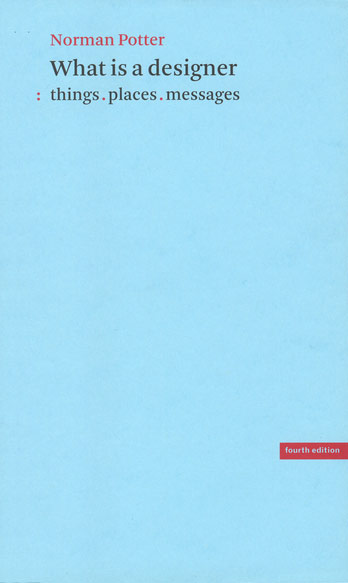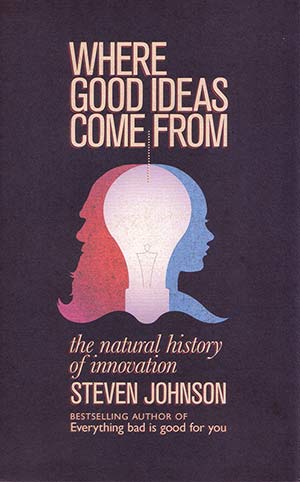The best Design books I’ve ever read. So far.
a post on Critical Thinking
11/06/15 · Dallas, Texas · The Designer’s mindset is more explorer than artist. It seems arriving at Vignelli-like mastery is a journey of a thousand steps with no particular direction at all, so I’ve picked five books that stand as outposts plotting my own Design trek, thus far. I’ll assume you’ve read design books before, so we’ll skip right over the obvious, ubiquitous entries of such lists. These books reshaped my brain. These books hurt.
Recently, I heard Edward Tufte explain that you should “Read to loot.” Scan, mark, and gulp down knowledge like your morning coffee. For most books, I would agree. This is how you grow. The following books will reward skimming, but also slow reads, and rereads – the more you steep in their wisdom, the better. Set any of these books on your shelf next to Tufte’s Visual display of quantitative data, and people will stop confusing you for a fine artist.

What is a designer
Norman Potter, 1969
In which everyone’s favorite anarchist / cabinetmaker, Norman Potter, answers a series of simple questions. Aimed at “those of all ages coming freshly to [Design],” chapter titles include Is a designer an artist?, What is good design?, and How is design work done?. Such naive exploration of a mature discipline is a fantastic way to dig for deeper truths, and Potter finds at least one on every page. This book is challenging, and honest, and though I wish I’d had read it as a student – insightful at any point in your career.
Favorite chapters: Advice for beginners, Questioning design

Writing that Works
Kenneth Roman & Joel Raphaelson, 2000
Reading this book will surely level-up your soft skills, which is a must as a designer. We are communicators, above all. But its influence goes deeper: good writing is good design. Roman and Joel’s advice on writing effectively and convincingly is an ideal design process, applied to words. “You must make [the] organization clear to the reader.” “Cut to the point.” “Set the right tone of voice.” This is more than mere pedantry (for that, see Strunk & White).
Favorite chapters: Don’t mumble, E-Mail—The Great Mailbox in the Sky

Notes on the Synthesis of Form
Christoper Alexander, 1964
“Every design problem begins with an effort to achieve fitness between two entities: the form in question and its context.” Alexander is an architect, but his definition of design should feel immediately familiar. This book is a tool for calibrating your brain. It sets out a pragmatic, yet profound approach to tackle the exponentially growing complexity of large design problems: continually define the boundaries of the problem (or problems), and continually find and refine solutions to fit. A manifesto of its own kind, Alexander’s ideas are like Agile turned inside-out, decades before software was mainstream.
Favorite chapters: The Goodness of Fit, The Unselfconscious Process

Dark Matter and Trojan Horses
Dan Hill, 2012
Dark matter: the messy, unknowable facets of a problem. The factors that hide from your discovery, only to waylay your fine-tuned strategy when it’s past too late. Trojan horses: strategies embedded in strategies that provide research and insight throughout the approved lifespan of a project. Stuffed with compelling examples across disciplines such as architecture and urban planning, Hill lays out a new vocabulary to pull design out of the trenches of execution into the war rooms of “big picture” strategy. Want to really change the world with Design? Read this book.
Favorite chapters: What is the Question?, What is the Problem with Design Thinking?

Where Good Ideas Come From
Steven Johnson, 2011
Full disclosure: I am just over halfway through this book, but I’ve probably recommended it to hundreds of people. I’ve already worked many of its concepts into my daily vocabulary. This brilliantly researched, eloquent text led to constant breaks for highlighting and cross-referencing, keeping my reading pace at a crawl, and I am still enjoying my way through it. Johnson jumps through space and time, weaving together the conditions for innovation, pulling examples from Freud to Google, and even rooting around in the biology of evolution. This book will not give you instructions. Instead, it presents you with a set of patterns for teams, environments and projects to thrive creatively. This book sets you up for success.
Favorite chapters: The Adjacent Possible, The Slow Hunch
